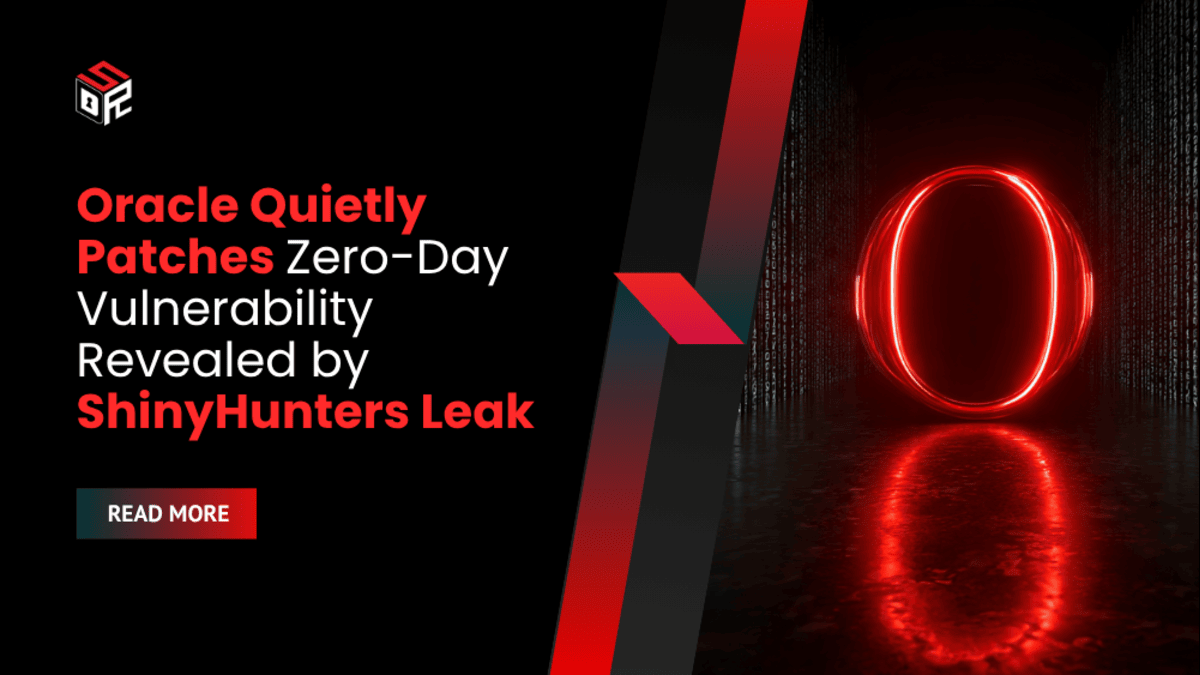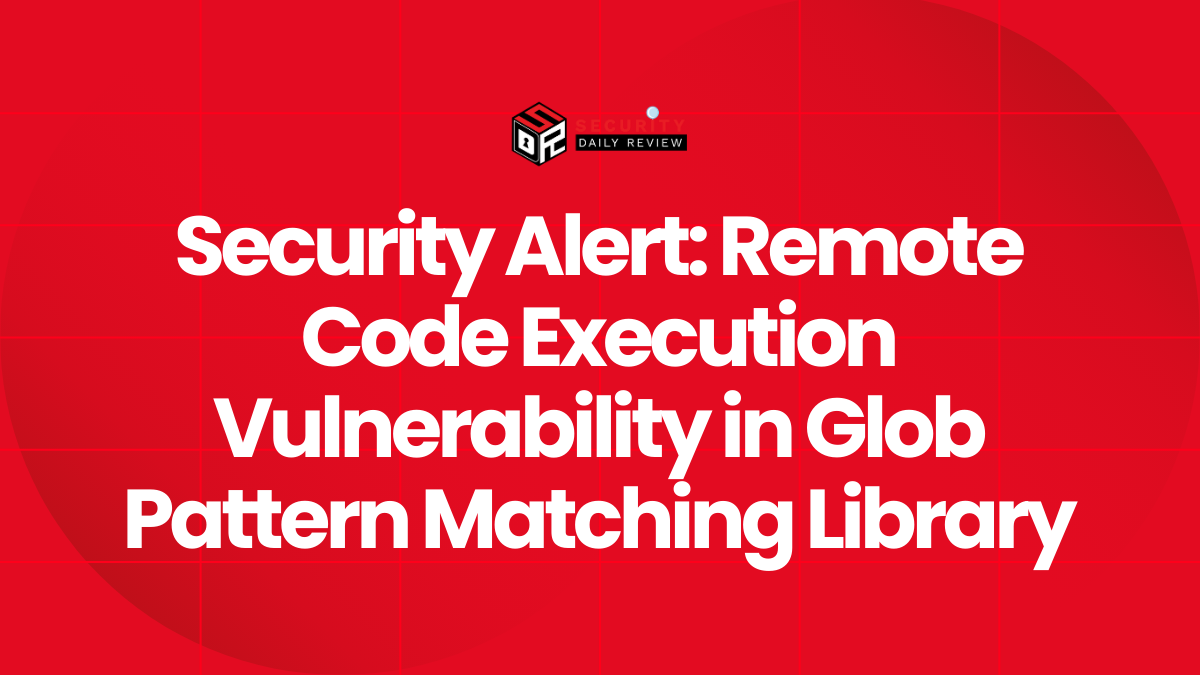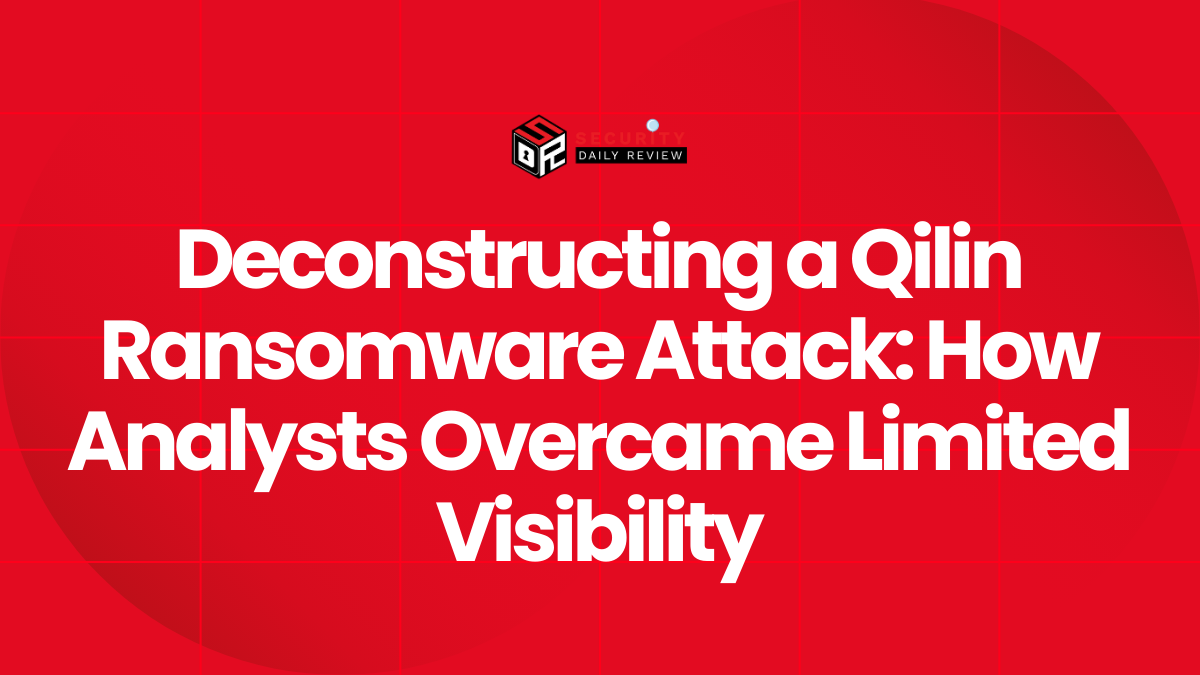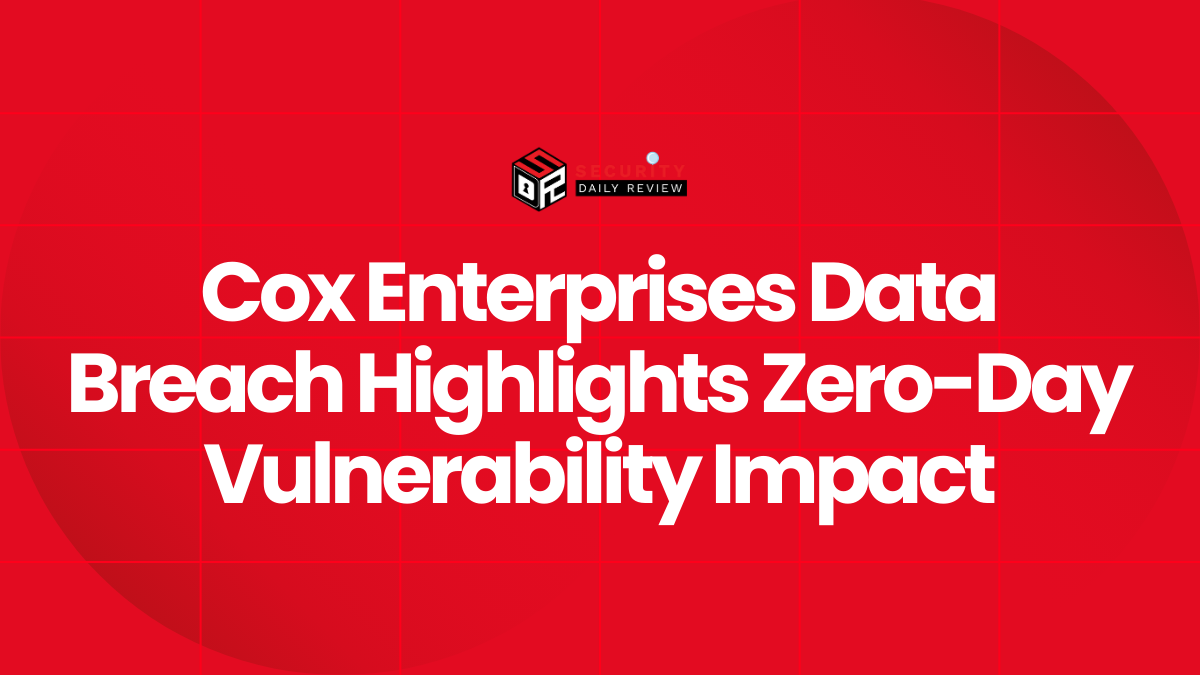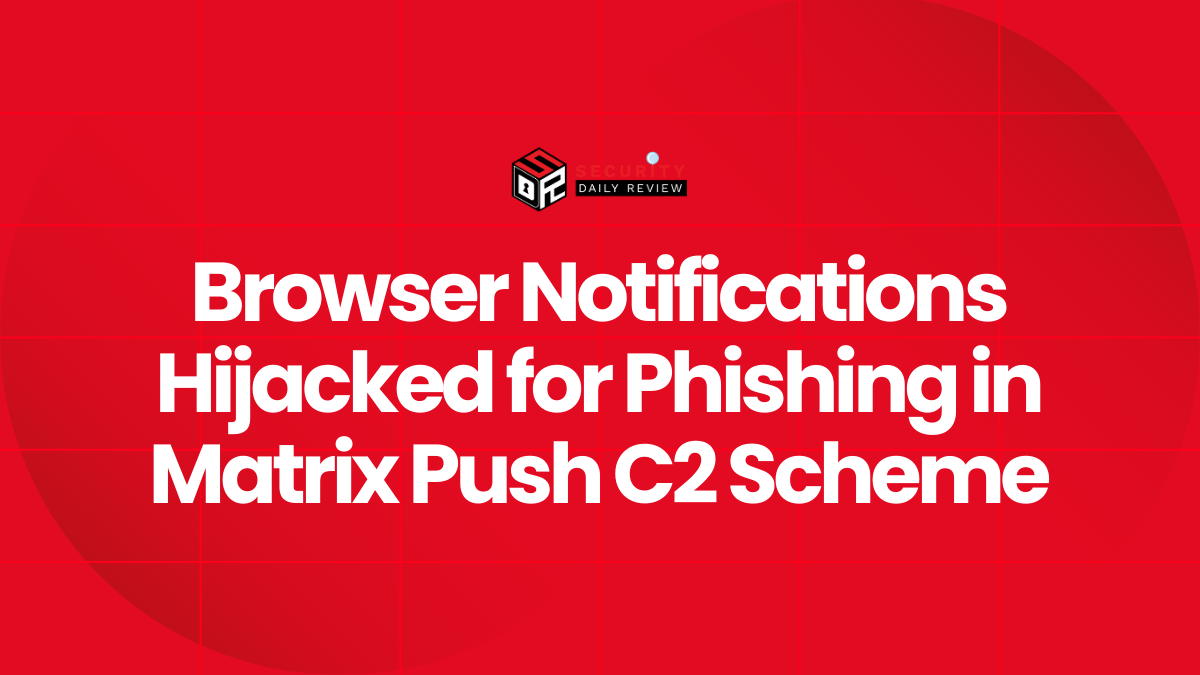Oracle has quietly deployed a security fix for a zero-day vulnerability after proof-of-concept exploit code was made public by the ShinyHunters hacker collective. The flaw, present in Oracle’s enterprise software stack, enabled remote execution under specific conditions. Oracle stated that the patch has been rolled into standard update packages, but the company declined to quantify the number of potentially affected customers or confirm whether active exploitations had already occurred.
The public release of exploit code by ShinyHunters accelerated the urgency for remediation, as threat actors could adapt the disclosed code to target unpatched servers. Oracle’s rapid, low-profile response highlights the challenge vendors face when vulnerabilities are weaponized almost immediately.
“Oracle has deployed a fix to address the vulnerability in affected versions and strongly urges customers to apply updates immediately,” the company said in its security advisory.
Exploit Leaked Before Patch, Forcing Oracle to Respond under Pressure
Sources familiar with the incident say the zero-day exploit was published by the ShinyHunters collective ahead of any public advisory or vendor patch. In leak forums, the group shared code snippets referencing a module or API used in Oracle’s enterprise applications, claiming it allowed unauthorized remote actions such as system commands and data manipulation on vulnerable installations.
Such a disclosure increases risk dramatically: once exploit code becomes public, attackers are able to scan large address spaces for vulnerable instances and mass-weaponize the vulnerability quickly. Oracle’s decision to include the fix in cumulative updates—in lieu of a separate, high-profile bulletin—suggests intent to control exposure while giving customers the patching tools needed.
Internally, Oracle security teams reportedly identified the affected component as part of its middleware or application-layer services rather than deep core infrastructure. The exploit did not require elevated privileges if the target application was misconfigured or exposed to public networks. While Oracle asserts it found no confirmed cases of exploitation in the wild before the patch, the company continues to investigate intrusion telemetry and server logs across its customer base.
Urgent Action Advised for Customer Organizations and IT Teams
Because exploit code has been made public, organizations running Oracle software should prioritize patching every instance where the vulnerable component is in use. Administrators should treat the latest update with severity, even if labeled as “routine,” and deploy it in test and production environments in rapid succession.
Other defensive steps include:
- Restricting exposure of Oracle endpoints to internal or trusted networks only
- Enabling or tightening firewall and network-layer filtering to block malicious access to application endpoints
- Auditing logs for anomalous requests earlier than patch deployment timestamp—especially attempts to call unpatched components
- Scanning for internal systems with outdated versions where the fix may not have been automatically applied
- Implementing runtime application monitoring to detect unexpected process execution or file modifications post-patching
It is also prudent to review configuration settings within Oracle modules, disable unused APIs, and validate that administrative interfaces are not exposed externally.
Strategic Implications for Software Security and Vigilance
The Oracle zero-day patch incident underscores a common challenge in enterprise software security: when proof-of-concept code is leaked by criminal groups, vendors and customers enter a sudden defensive race. The window between public disclosure and patch deployment becomes a critical exposure period that attackers can exploit.
Oracle’s response—to quietly remediate via standard channels rather than issue a dramatic security alert—may reduce public panic or attacker awareness, but it also places a burden on customers to stay vigilant in patching. Some administrators have criticized quiet remediation strategies, arguing they diminish transparency and reduce urgency.
Security professionals view the incident as a reminder that modern software supply chains and third-party integrations must be continuously audited. Vendors should consider hardening development processes, limiting module exposure, and accelerating patch cycles to reduce time-to-remediation when zero-days emerge.
Meanwhile, enterprises should assume that trusted components can become exploited tools. Defense in depth, network segmentation, least-privilege controls and logging remain essential protective layers. Traditional reliance on vendor-assured security is no longer sufficient when threat actors may weaponize leaked vulnerabilities faster than patch release cycles.
As Oracle continues its investigation, affected customers are encouraged to reach out to Oracle Support for guidance, telemetry tooling or assistance in determining whether their deployments were targeted prior to patching. The industry will monitor whether threat actors attempt post-patch exploits in partially updated environments or deploy fallback techniques targeting similar modules in alternate software stacks.

